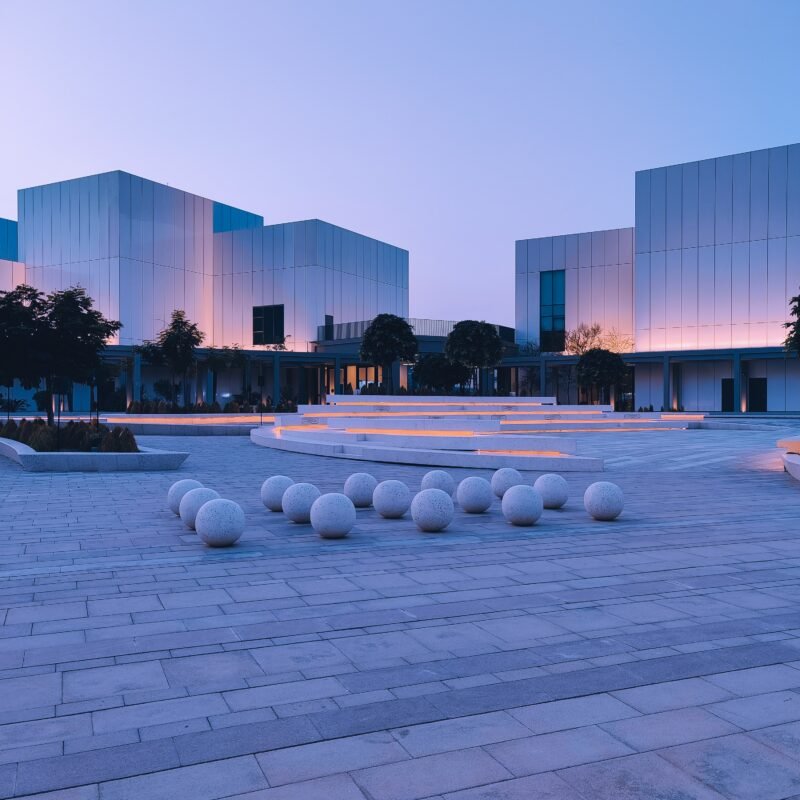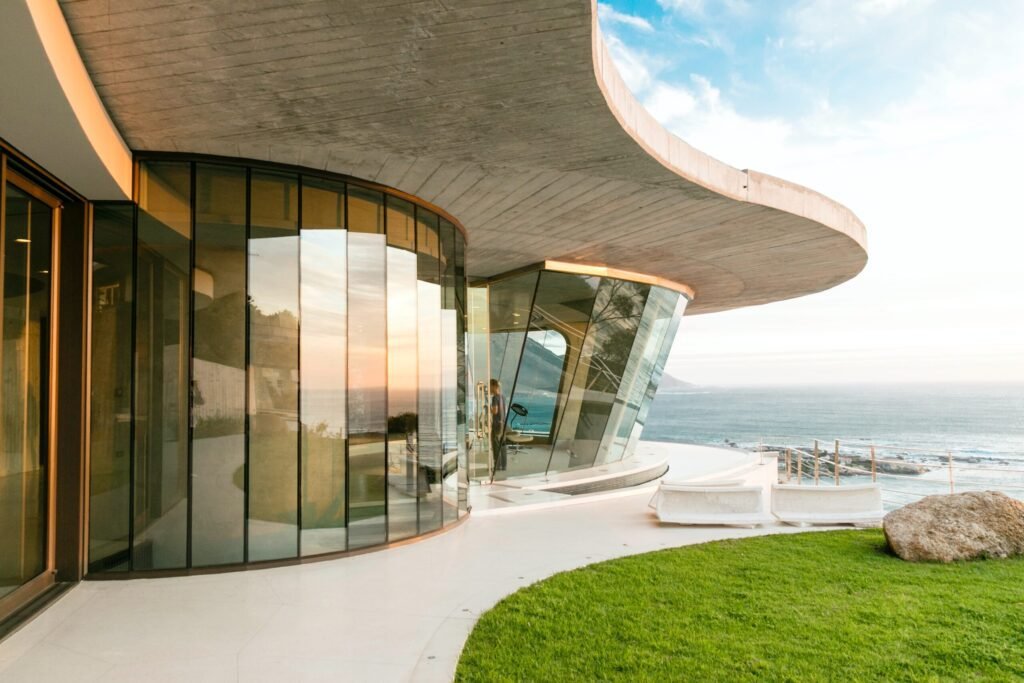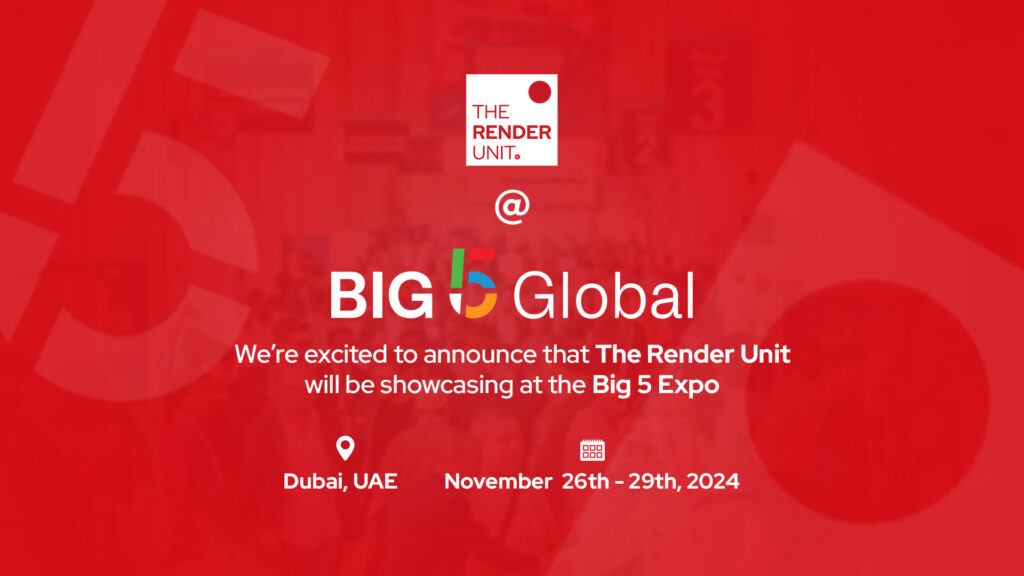
A growing number of design professionals, including architects, interior designers, and engineers, are turning to 3D modeling to help bring their ideas to life. There are several ways in which this cutting-edge technology improves upon the tried-and-true practice of 2D drafting and design, making it a more potent instrument for generating thorough, practical blueprints. This article will examine the advantages of 3D modeling over 2D drafting and how it has changed the face of the design industry.
Improved Visualization
The capacity to show a more comprehensive and accurate depiction of a design is a major strength of 3D modeling. When compared to 2D drafting, which only shows one side of a design, It gives architects and engineers a comprehensive image of the project. As a result of this enhanced visualization, any problems with the design can be found and fixed before construction ever begins, increasing the likelihood that the finished product will be both practical and visually beautiful.
Enhanced Collaboration
The capacity of 3D modeling to improve communication and coordination within a design team is another key advantage. As a result, designers can make modifications and updates to the same model in real time, which facilitates better communication and makes sure everyone is on the same page. When working on big projects, where many moving parts must come together smoothly, this kind of teamwork can be invaluable.

Increased Accuracy
Incorporating three-dimensional data into the design process, 3D modeling allows for considerably more precise measurements and computations than 2D drafting. This is especially useful for complicated projects since it guarantees that all the pieces will fit together properly during assembly. In addition, 3D modeling can aid in the early detection of design flaws, which can lead to significant cost savings down the line.
Better Presentation
With 3D models, designers can produce photorealistic renders to present to potential investors, customers, or other stakeholders in a project. This can help get everyone on the same page about the look of the final product and make the design process more fun and interactive. With the use of 3D models, clients may have a better idea of what their finished project will look like before building even begins.
Improved Productivity
Last but not least, 3D modeling helps speed up the design process and boost production. Designers, for instance, can make modifications to their designs in real time instead of having to redraw complete plans, which can be time-consuming and expensive. In addition, 3D modeling can aid in the early detection of design flaws, which can lead to significant cost savings down the line.
In conclusion, 3D modeling has completely altered the way architects and designers think about their work. It has numerous advantages, including greater visualization, cooperation, accuracy, and presentations. Buildings, interiors, and engineering projects all benefit greatly from the use of 3D modeling software, which allows for greater precision, detail, and functionality in the design process.








